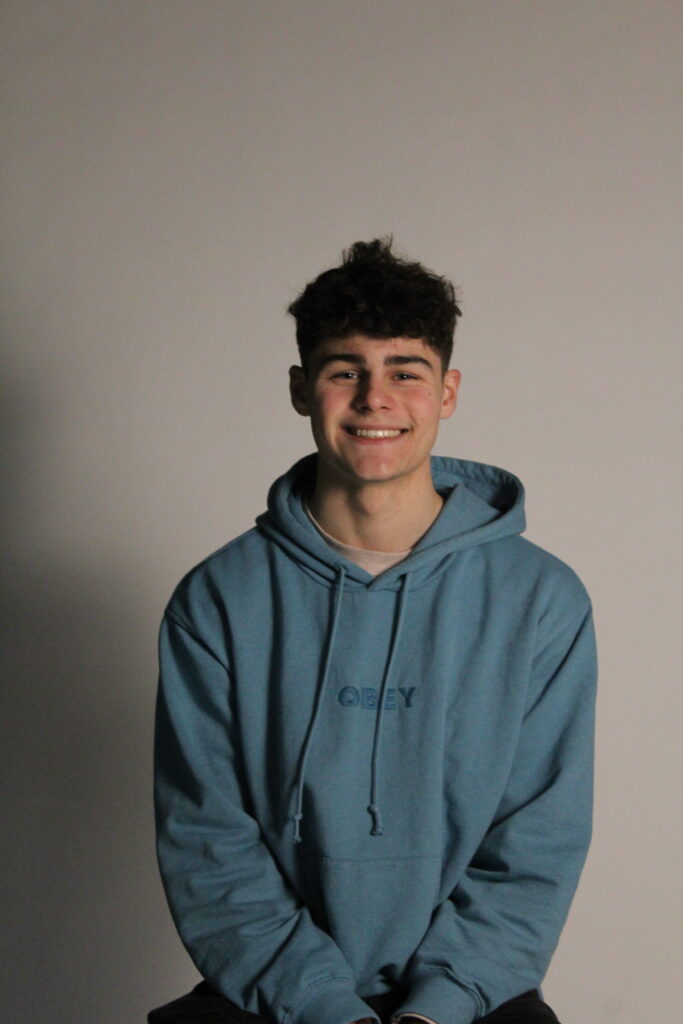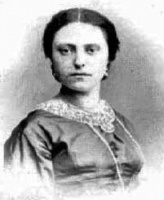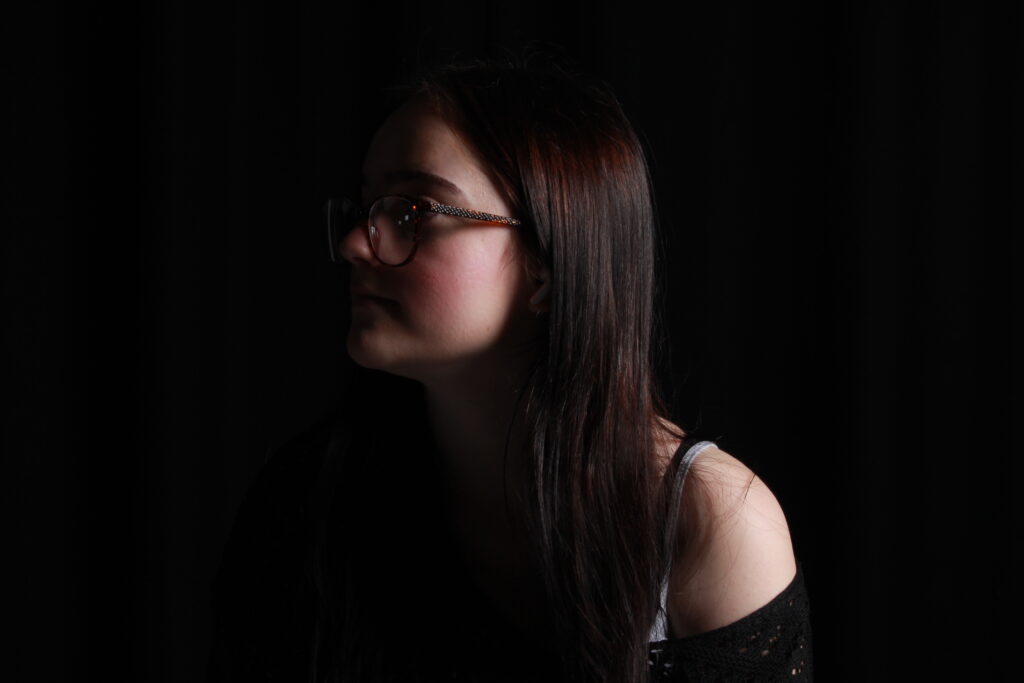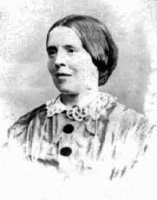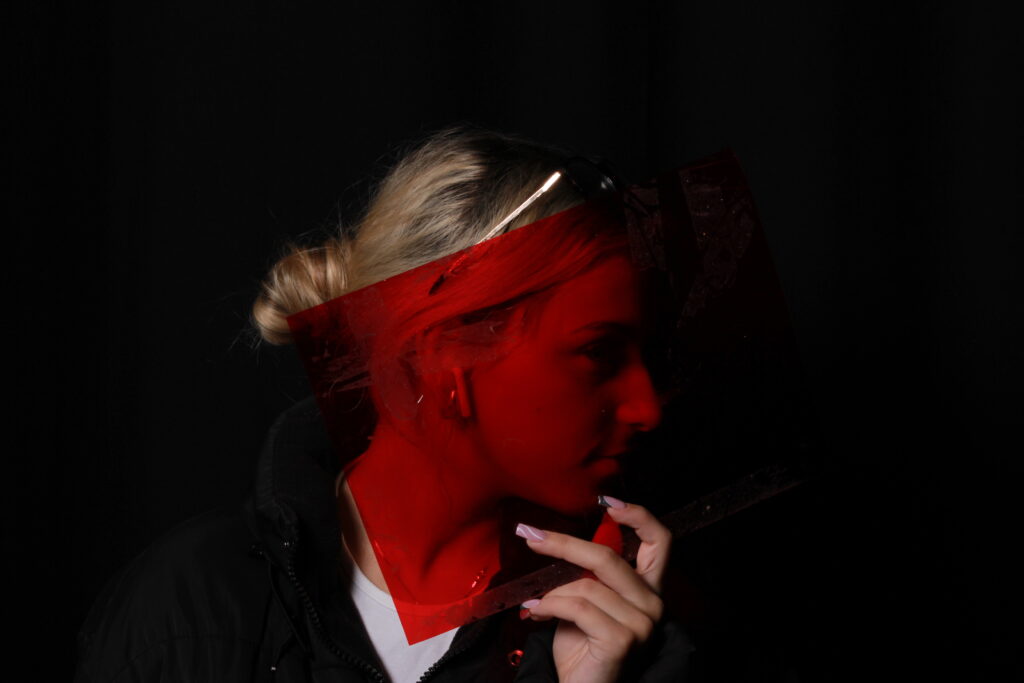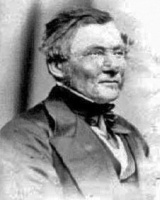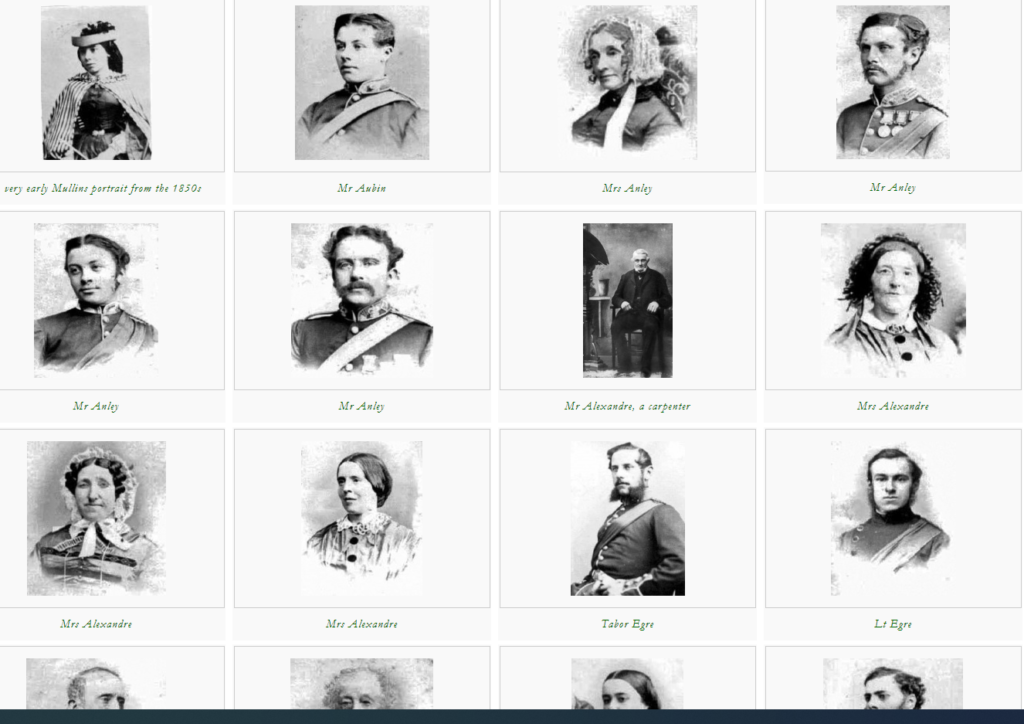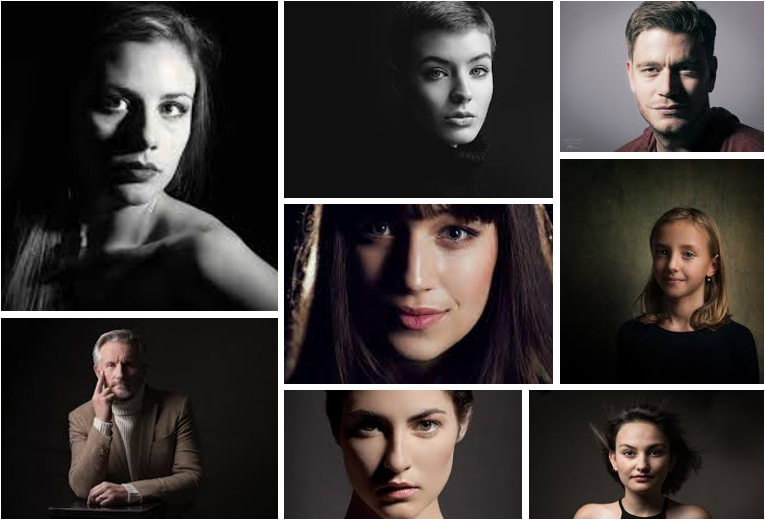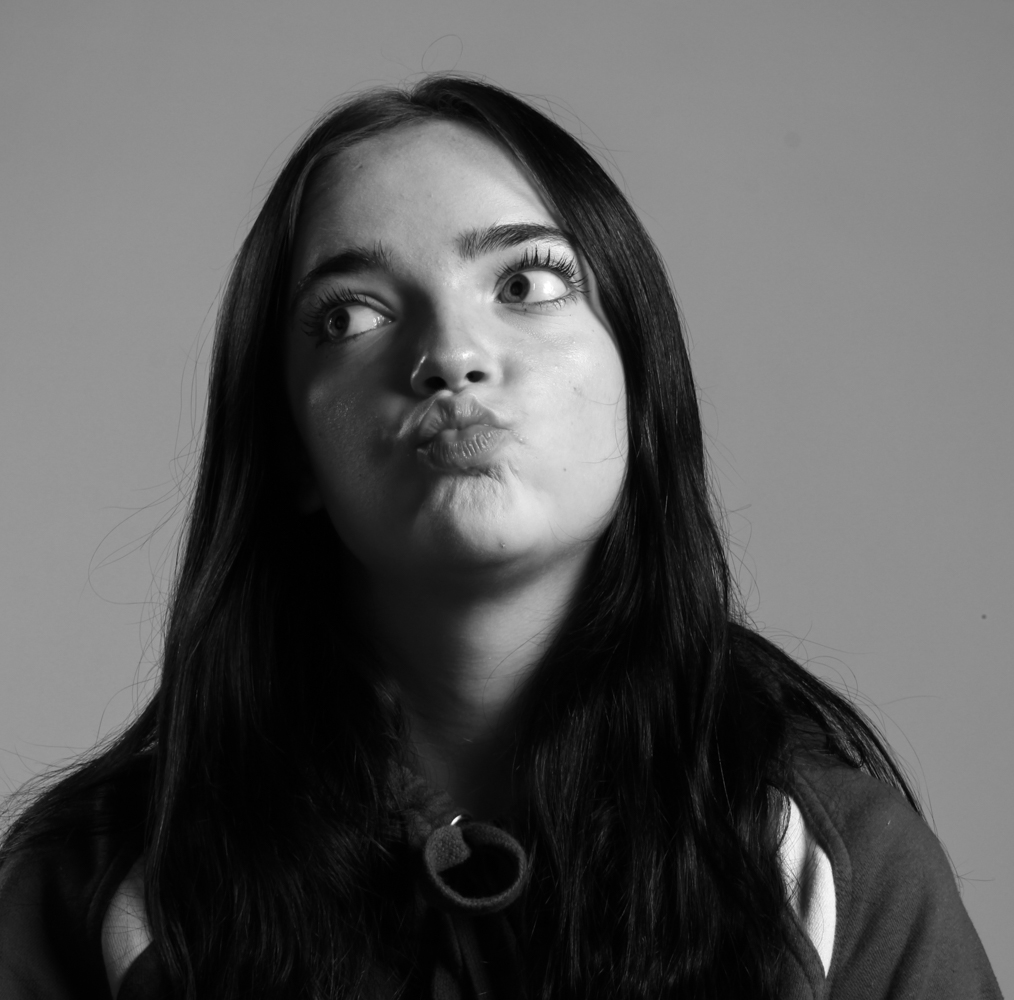Henry Mullins, a photographer in the circle of the first photography studio in Europe.
Henry Mullins started working at 230 Regent Street in London in the 1840s and moved to Jersey in July 1848, setting up a studio known as the Royal Saloon, at 7 Royal Square. Initially he was in partnership with a Mr Millward, about whom very little is known. By the following year he was working alone and he continued to work out of the same studio for another 26 years.
For a brief period in the 1860s he also worked in London, but judging by the collection of his photographs, he found plenty of willing sitters in the island prepared to pay half a guinea (promoted as “one half of that in London”) to have their portrait taken by him.
Cartes de visite
His speciality was cartes de visite and the photographic archive of La Société contains a massive collection of these. Their online archive contains 9600 images, but the majority of these are sets of up to 16 photographs taken at a single sitting. In those times even 10s 6d was a substantial sum to pay to have one’s photograph taken, and included among his subjects are many of the island’s affluent and influential people.
He was also popular with officers of the Royal Militia Island of Jersey, for whom it was very popular to have portraits taken, as well as of their wives and children, for the more senior and more affluent officers. The pictures of these officers show clearly the fashion for long hair, whiskers and beards in the mid-1800s. Indeed, so similar is their appearance and so stylised the portraits, it is very hard to detect much difference between a large number of officers of the same rank and social standing.


Diamond Cameo , a technique used under licence by Henry Mullins.

Philip Baudains
Diamond Cameo photography is four small oval portraits which were placed on a carte de visite in the shape of a diamond, each portrait being of the same person photographed in a different position.
albumen print
Albumen prints were the most common type of photographic print made during the nineteenth century. They are characterized by a smooth, shiny surface, which is the result of a coating of egg whites.





